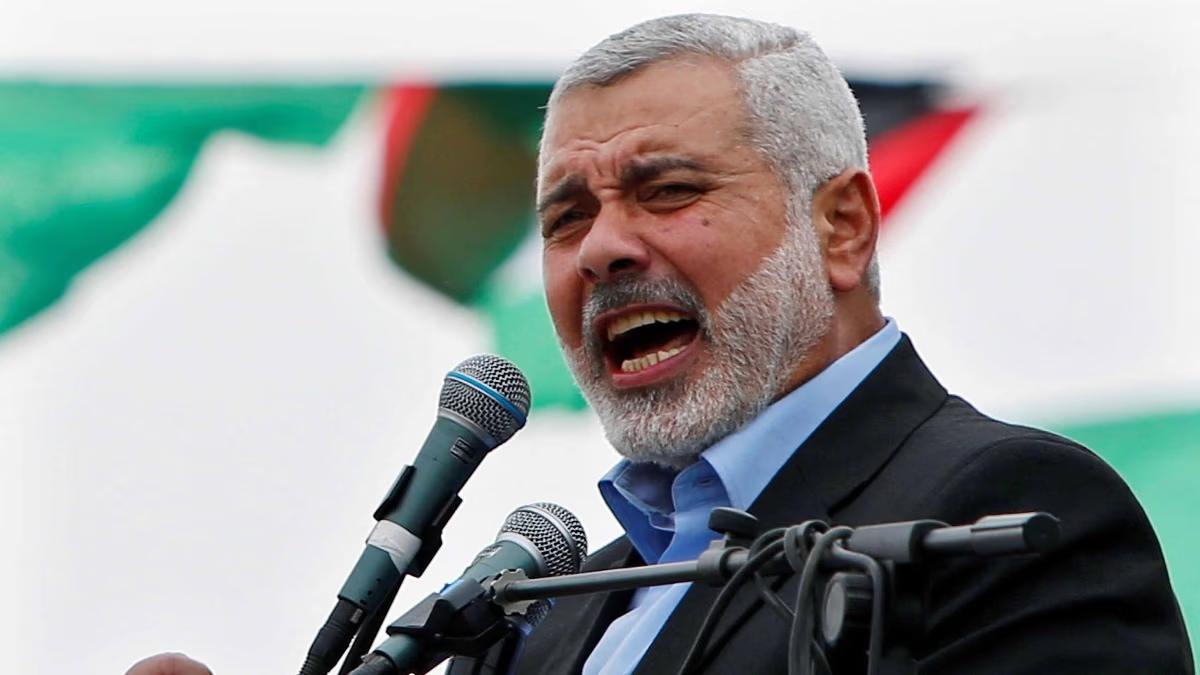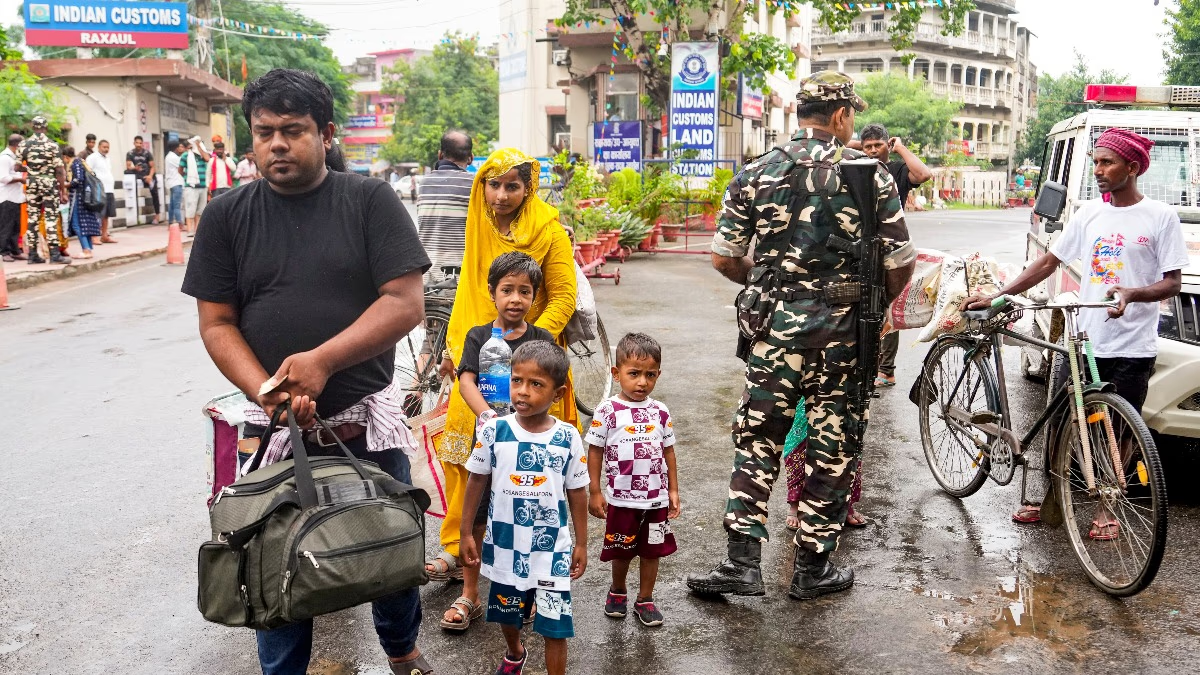The death of Hamas chief Ismail Haniyeh has once again reminded the world that Israel's retribution is as cold-blooded as depicted in movies and popular web series. On October 7, 2023, following an attack on Israel by Hamas, Israeli Defense Minister Yoav Gallant stated regarding Hamas leaders,
"They are living on borrowed time."
Reports indicate that a poster hangs on the wall of the Israeli Defense Minister's office in Tel Aviv, showing the faces of Hamas's political bureau leaders, including Ismail Haniyeh. Hamas, which has recently made Qatar its base, is considered a villain by Israel.
On Wednesday morning, the news of Ismail Haniyeh's death shocked the world. Hamas claims that Israel carried out a "treacherous attack" on Haniyeh's residence in Tehran, resulting in the death of the 62-year-old Haniyeh and one of his bodyguards.
Haniyeh was in Iran to attend the inauguration ceremony of President Masoud Pejman. Just a day after the inauguration, he was killed in an attack in Tehran, causing political upheaval in the Middle East.
Ismail Haniyeh's life is a tale of radical ideology transitioning into political ambition. Born to Palestinian parents during the Arab-Israeli war, Haniyeh spent his childhood in a refugee camp, witnessing the plight and suffering of Palestinians, which shaped his political views.
After completing primary education, Haniyeh studied Arabic literature at the Islamic University of Gaza, where he became actively involved in student politics. He led the Islamic student organization associated with the Muslim Brotherhood, paving his way into Hamas's leadership.
Haniyeh's political career began with the founding of Hamas in 1987, coinciding with the first Palestinian intifada (uprising) against Israel. His close ties with Hamas spiritual leader Sheikh Ahmed Yassin helped him rise through the ranks. Haniyeh was arrested multiple times by Israeli authorities and spent significant time in prison during the late 1980s and early 1990s.
His resilience under internal and external pressures, combined with political leadership skills and a hardline image, made him the preferred face of Hamas during the second intifada (2000-2005).
Haniyeh's leadership was acknowledged in 2006 when Hamas won the Palestinian elections under his guidance, leading to his appointment as the Prime Minister of the Palestinian Authority. However, he faced opposition from the rival Fatah party, resulting in his government's dismissal by Palestinian President Mahmoud Abbas in 2007.
In 2017, Haniyeh became Hamas's political chief, refining its political strategies, mending ties with Fatah, and vigorously advocating for the Palestinian cause on international platforms.
Why Did Israel Strike in Tehran?
The attack by Hamas on Israel on October 7, 2023, forever altered Middle Eastern politics. Hundreds of Israelis were killed, and around 200 were kidnapped and taken to Hamas's strongholds. This attack struck at the heart of Israeli identity, prompting Israel to vow revenge. Hence, images of Hamas leaders hang in the office of Israel's Defense Minister.
Recently, Haniyeh was considered Hamas's chief negotiator with Israel. Despite his harsh public rhetoric, Arab diplomats and officials regarded him as relatively pragmatic compared to more hardline voices within Gaza.
The Israeli perspective was that Sunni Ismail Haniyeh was continuously collaborating with Shia-majority Iran to target Israel. Haniyeh had been travelling frequently between Turkey and Iran, aiming to negotiate a peace agreement with Israel. Experts suggest that Haniyeh's conditions included the release of Israeli captives in exchange for the release of many Palestinians considered terrorists by the Israeli government, along with increased international assistance for Gaza.
However, Israel demanded the unconditional release of its captives. Accepting any of Hamas's terms would undermine Israel's strong state image. Growing pressure in Israel for the release of captives led to public demonstrations against President Netanyahu.
Israel considers the entire Hamas leadership as terrorists and holds Haniyeh and other leaders responsible for planning the October 7 attack. As Haniyeh increasingly made Qatar his base, Israel awaited an opportunity to strike when Haniyeh was in a hostile country. Thus, when Haniyeh attended the Iranian president's inauguration, Israel seized the chance to exact revenge without creating additional enemies by attacking him in a neutral country.




